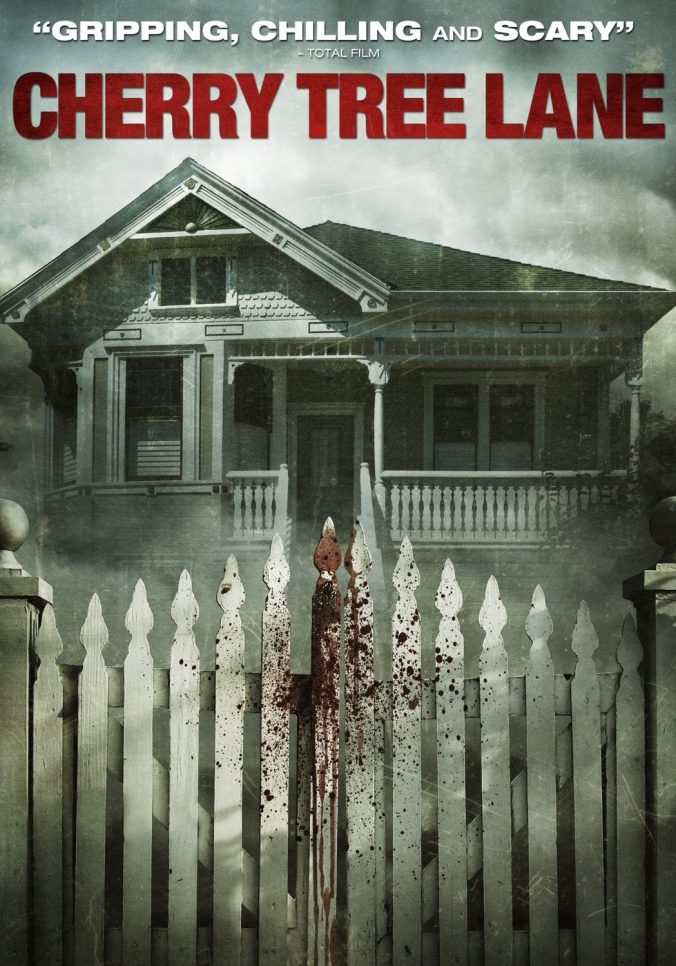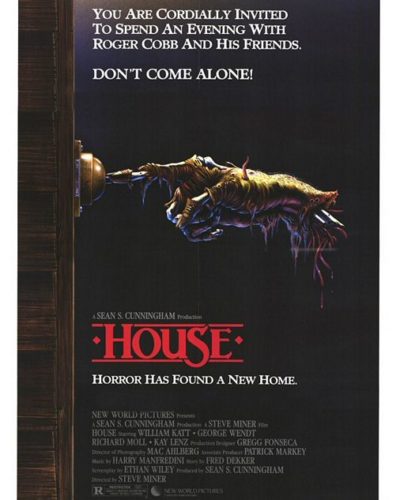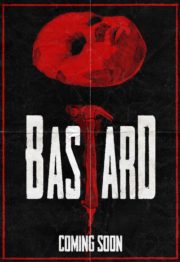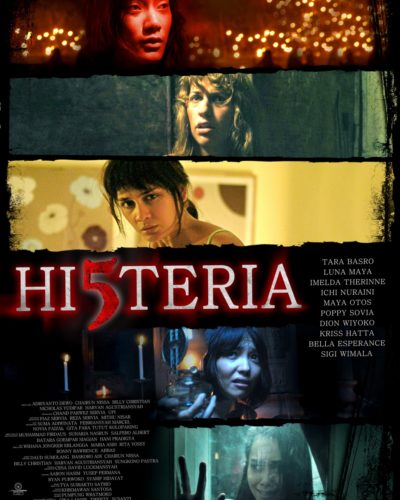The Unseen Terror Just Down the Cherry Tree Lane
“It’s funny the things you think about when you’re sitting, waiting to die.” This chilling line from Cherry Tree Lane, a 2010 horror-thriller directed by Paul Andrew Williams, sets a harrowing tone for a movie that puts ordinary lives into a nightmarish scenario. The film pits an ordinary couple against unexpected home invaders, leading to a tense, psychologically driven tale of survival. With no hint of the supernatural, its horror springs from the plausible and the all-too-real, providing an intimate affair that aims to unsettle the viewer by preying on the fear of random violence that can invade our own homes.
Tension in the Silence
Atmosphere and Building Fear
The film’s horror atmosphere is borne not from overt scares, but from a thick layer of suspense and impending dread. Williams masterly transforms the mundane setting of a suburban home into a claustrophobic trap, with the terror escalating not from what is seen, but what is imagined could happen next. Each silence, each off-screen noise contributes to a sense of foreboding that permeates throughout the film.
Critical Eye on Cinematography
When it comes to the cinematic approach, Cherry Tree Lane excels with a minimalist style. The lighting is naturalistic, the color palette is muted, and camera angles are predominantly tight, adding to the claustrophobic feel. The lack of flashy special effects or contrived setups makes the terror all the more immediate and relatable. One notices the absence of any visual gimmicks, signalling that Williams sought to ground his horror in reality, without any need for supernatural crutches.
Soundtrack: The Sound of Fear
Where the visuals are restrained, the sound design works overtime. Eerie silences are juxtaposed with jarring screams or invasive background noises to rattle the nerves. The soundtrack is sparing, utilized only to underscore the most tension-filled moments, leaving the viewer’s imagination to do the remainder of the work—and often, what one imagines is far worse than any composed score could suggest.
Raw Performances, Real Terror
Actor Driven Fear
The performances are where Cherry Tree Lane veers into genuinely disturbing territory. Casting aside any Hollywood pretensions, the actors deliver raw, visceral portrayals of terror, anger, and desperation. The characters are penned with authenticity in mind, and the superb performances make the audience feel their fear, their choices echoing the unscripted nature of true panic.
The Mechanisms of Fear
As a pure slice of home invasion horror, the movie leverages psychological tactics over anything overtly supernatural or grotesque. The violence, while brutal, is not gratuitous, with the suggestion often serving more to horrify than any graphic display. Williams knows that the power of horror often lies in what is not shown, and he exploits this to full effect.
More Than Mere Shocks
Underneath the Horror Facade
There is a layer of social commentary in Cherry Tree Lane that adds depth to its narrative. It touches on themes like class divide, the randomness of violence, and the consequences of disenfranchisement. By using horror as its medium, the film effectively raises questions about the society we live in without feeling didactic.
Effective Scares?
For viewers seeking an experience steeped in psychological realism, Cherry Tree Lane terrifies in a manner that few ghost or monster movies can manage. Its innovative approach to common fears resonates long after the credits roll, proving that an effective horror movie doesn’t need the supernatural to be genuinely unsettling.
Would You Walk Down Cherry Tree Lane?
The movie might be more suited for horror connoisseurs who appreciate a slow-burn tension and gritty realism over jump scares and special effects. It may not satiate the appetites of those looking for typical genre fare, but for others, it’s a thought-provoking and nerve-wracking experience.
While unique in its execution, if it’s to be compared, it might share a thematic kinship with home invasion thrillers like ‘Funny Games’ or ‘The Strangers’, albeit with a more subdued and realistic tone.
The Terror at Home: A Final Verdict
To sum it up, Cherry Tree Lane is a piece of horror that’s terrifying due to its plausibility and the outstanding performances that carry it. Aspect-wise, it boasts:
- A potent atmosphere of tension and dread
- A pared-back cinematic style that amplifies reality
- A sound design that’s as chilling as it is minimal
- Performances that hit close to home, emphasizing the horror of the situation
On the downside, those with an aversion to realistic violence or a preference for more traditional horror elements might want to give it a miss. However, for those who dare to witness the horrors that can unfold on a seemingly benign suburban street, Cherry Tree Lane delivers an experience as compelling as it is harrowing. Consider this a firm recommendation for anyone looking to explore the darker sides of human nature and cinematic suspense.
Content Warning: The film contains scenes of violence and distressing content that may not be suitable for all viewers. Viewer discretion is advised.




